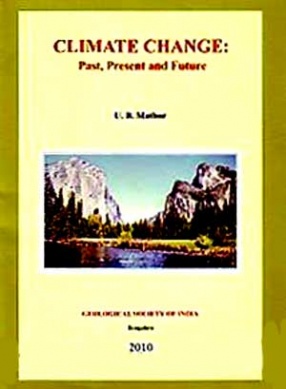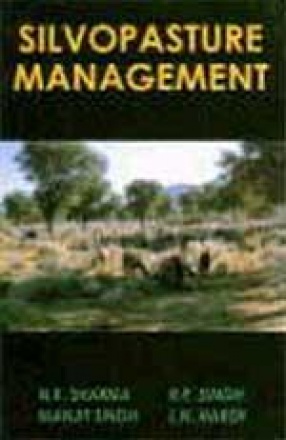Water is the earth’s most ubiquitous and most effective dissolving agent, playing a key role in human civilization. It quenches the thirst and enables the growth of food and fibre for 6.1 billion human inhabitants. Humans now use half of the readily available freshwater, which is in short supply; less than 1% of earth’s water resources goes for domestic, agricultural, horticultural and industrial needs. Increase in population, rapid industralisation and agricultural activities have increased the water demand to a greater extent. In the mean time, the quality of natural water bodies is becoming acute due to ad-hoc mean time, the quality of natural water bodies is becoming acute due to ad-hoc approaches in disposal of municipal wastewater and industrial effluents. Worldwide more than one billion people do not have safe water to drink and two to three billion lack access to basic sanitation services. About three to five million people, mostly children, die every year from water related diseases. Human societies are now challenged with assuring the quantity and quality of the most precious water while maintaining or improving its environmental integrity. A variety of natural and human factors affects the quality and use of surface and Groundwater. Discharge of wastewater from municipal sewer, industrial and commercial sources and confined animal feedlots contains a variety of contaminants that may impair the quality of the receiving waterbody. Municipal sewage contains high concentration of organic compounds and ammonia that depletes the dissolved oxygen content in water downstream from the discharge and is toxic to benthic fauna and fish. In addition significant amount of phosphorus and nitrogen causes eutrophication of lakes and estuaries. Wastewater from industrial activities, and thermal power and mining activities contaminates the waterbody with high toxic organic and inorganic substances, and heavy metals which remain in the environment for many years. In addition, non-point sources of pollution like agricultural activities, which use inorganic fertilizers and pesticides does affect the water quality. Thus, water and wastewater treatment and proper management of the treated water is gaining increasing attention in recent years in order to protect human health and to prevent the rivers being converted to sewers. This course is suitable for engineering, operations’ managers, applied scientists and technologists interested in process technologies, engineering practice and management strategies associated with the protection and improvement of the water environment. The course “Municipal Water and Wastewater Treatment†provides an overview of engineering approaches to protecting water quality with an emphasis on fundamental principles. Theory and conceptual design of systems for treating municipal wastewater and drinking water are discussed. This would help in understanding the nature of impurities in waters and wastewaters, their concentrations and significance. Understanding of the basic principles of common treatment processes would help to select appropriate processes, depending on the nature of the impurities to be removed and the intended use of the treated water or effluent.
Management of Municipal Solid Waste
$31.50
$35.00








There are no reviews yet.